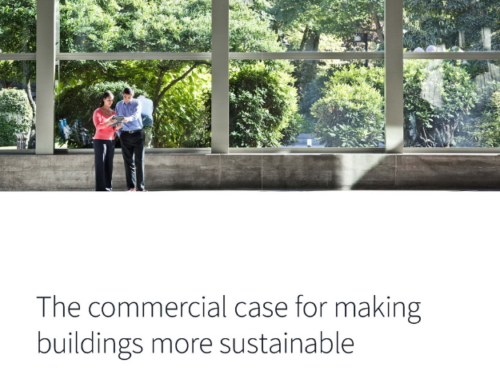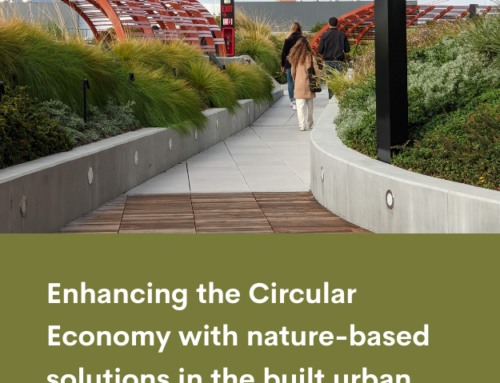Testing VOC Removal Efficiency of Active Green Wall

In recent years, research into the efficacy of indoor air biofiltration mechanisms, notably living green walls, has become more prevalent. Whilst green walls are often utilised within the built environment for their biophilic effects, there is little evidence demonstrating the efficacy of active green wall biofiltration for the removal of volatile organic compounds (VOCs) at concentrations found within an interior environ- ment. The current work describes a novel approach to quanti- fying the VOC removal effectiveness by an active living green wall, which uses a mechanical system to force air through the substrate and plant foliage. After developing a single-pass efficiency protocol to understand the immediate effects of the system, the active green wall was installed into a 30-m3 chamber representative of a single room and presented with the contaminant 2-butanone (methyl ethyl ketone; MEK), a VOC commonly found in interior environments through its use in textile and plastic manufacture. Chamber inlet levels of MEK remained steady at 33.91 ± 0.541 ppbv. Utilising a forced-air system to draw the contaminated air through a green wall based on a soil-less growing medium containing activated carbon, the combined effects of substrate media and botanical component within the biofiltration system showed statistically significant VOC reduction, averaging 57% single- pass removal efficiency over multiple test procedures. These results indicate a high level of VOC removal efficiency for the active green wall biofilter tested and provide evidence that active biofiltration may aid in reducing exposure to VOCs in the indoor environment.





